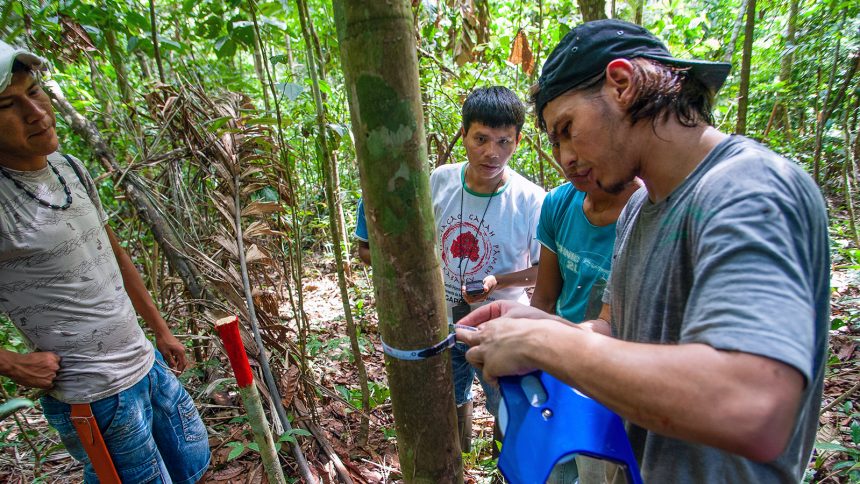Despite ongoing deforestation and wildfires, the Earth’s forests have continued to absorb a consistent amount of carbon over the past three decades, according to a study published in the journal Nature. This stability, however, may be masking underlying issues, warns Yude Pan, a senior research scientist at the U.S. Forest Service.
The study, involving 16 coauthors worldwide, emphasizes the importance of better forest management to protect the carbon sink provided by forests. With approximately 10 million hectares of forest lost annually and wildfires intensifying, experts fear that forests may reach a tipping point where they emit more carbon than they absorb.
Analyzing data from 1990 onwards, the researchers found that boreal forests in the Northern Hemisphere have experienced a 36% decline in carbon-sinking capacity due to various factors such as logging, wildfires, pests, and drought. In regions like Canada and Asian Russia, wildfires have transformed forests into carbon emission sources.
The study also highlights the role of temperate forests in increasing the global carbon sink by 30%. However, challenges such as urbanization, logging, wildfires, and pests threaten this positive trend. Forest management efforts and emission control are crucial in maintaining the carbon balance.
Overall, continuous monitoring, conservation, and restoration efforts are essential for preserving the global forest carbon sink and mitigating the climate crisis. As highlighted by experts, protecting forests not only helps combat climate change but also enhances biodiversity and ecosystem health.






